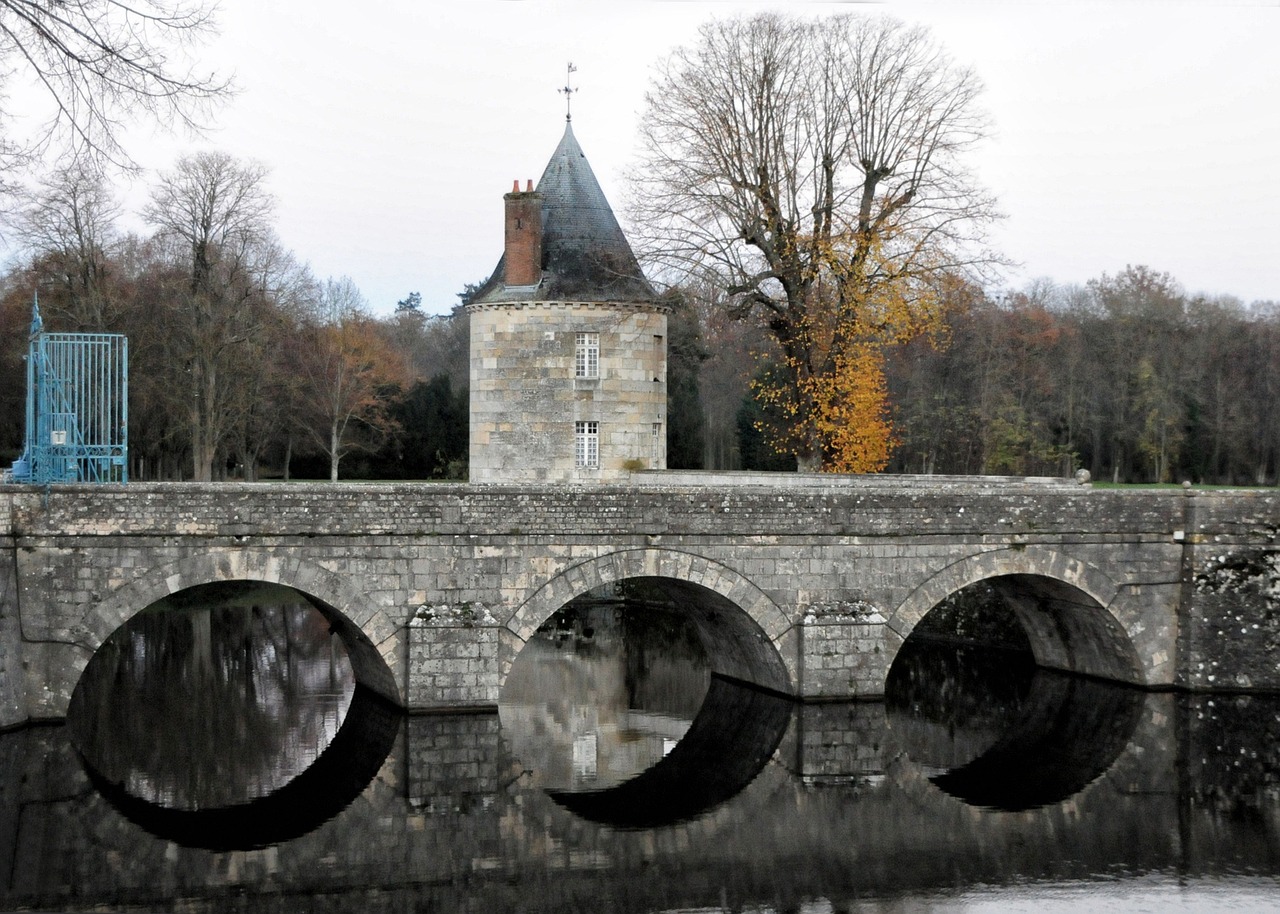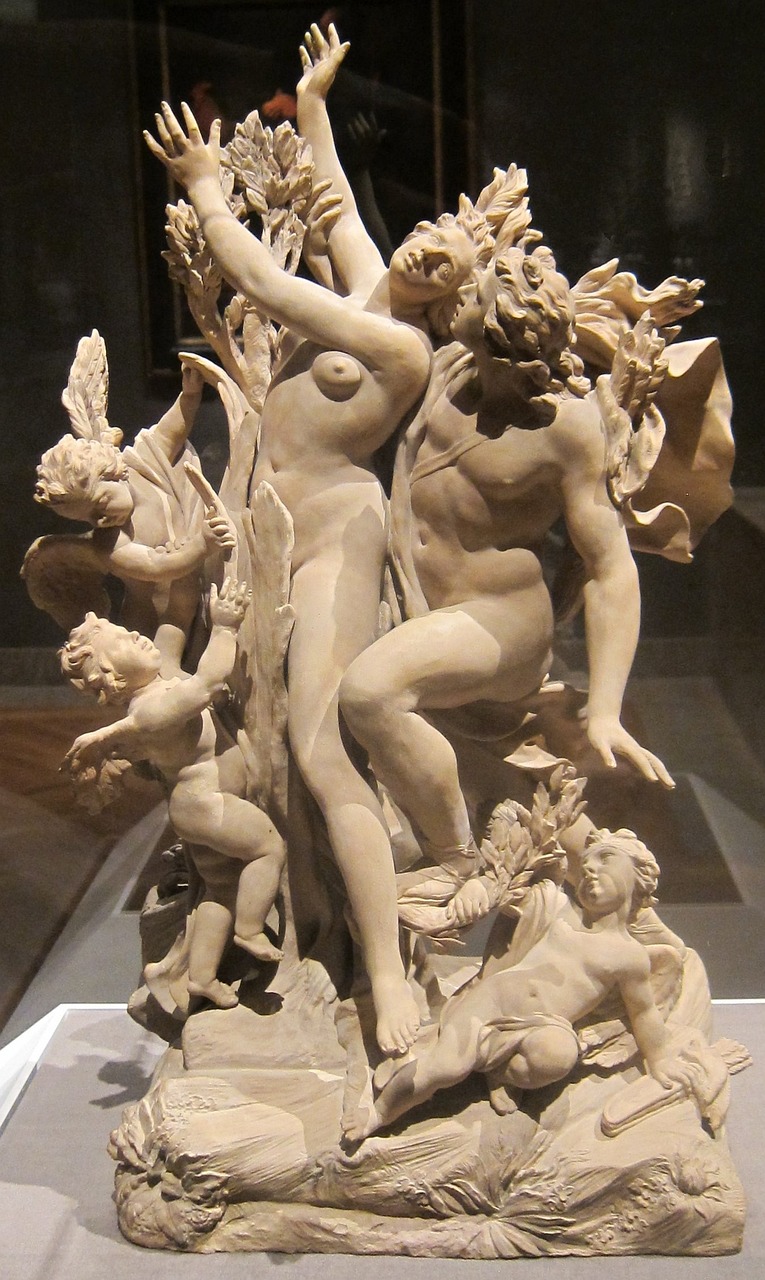Celtic Mythology
-
Ireland’s folklore is among the most vibrant and imaginative in the world, filled with tales of fairies, Leprechauns, and the ancient festival of Samhain, which has evolved into what we celebrate as Halloween today. The roots of this folklore are deeply embedded in the early Celtic pantheon of gods and goddesses that shaped Irish culture…
-

Sulis, renowned as one of the most prominent goddesses of Celtic mythology, is primarily linked to a singular sacred site located at a thermal spring in the southwest region of England. This location, recognized by the Romans as Aquae Sulis, served not only as a spa destination but also housed a temple dedicated to Sulis…
-
Epona: The Celtic Goddess of Horses Epona, known as the Great Mare, stands prominently as a Goddess of Horses revered among the Gauls. Despite her significance, extensive information regarding her remains sparse. The legends of the Gaulish Celts have largely disappeared over time, as much of what we know stems mainly from inscriptions and monuments…
-
The name “Camulos” is thought to denote various meanings. According to Olmsted, it signifies “of Conflicts” or “the Warrior,” whereas Delamarre interprets it as “Champion or Servant.” While Olmsted remains uncertain about the name’s etymology, Delamarre asserts a connection to an unusual Old Irish term ‘Cumall,’ which translates to ‘Champion.’ The term ‘servant’ derives from…
-
Flidais – The Celtic Deity of Forests and Hunting Flidais stands as the Celtic embodiment of the hunt and woodlands, distinctly different from other hunt goddesses. She is the guardian of forests and the various creatures within them. Flidais affectionately refers to these woodland animals as her ‘cattle,’ effectively nurturing and tending to the ecosystem…
-
Among the many enchanting figures in Irish folklore, the Morrigan stands out as one of the most recognized. The Morrigan embodies significant elements of Irish mythology, closely tied to themes of war, fate, and death. This intriguing figure is a talented shape-shifter, frequently taking the form of a crow. She belongs to the Tuatha Dé…
-
Rhiannon stands as a prominent character in the ancient prose and mythology of Britain, specifically within the Mabinogi. These narratives, compiled between the 12th and 13th centuries, draw on earlier oral traditions and were crafted by Welsh medieval authors. Rhiannon is known as the Celtic goddess of the moon whose name translates to “Divine Queen”…
-
Lying just a dozen miles from Tara, the ancient ceremonial site of Tlachtga, also known as the Hill of Ward, served as a significant hub for Celtic religious practices over two millennia ago. Although Tlachtga is often eclipsed by its more illustrious neighbor, it deserves recognition as a site of considerable historical importance. Historically, Tlachtga…
-

Apollo Grannus: The Multifaceted Celestial Deity Origins and Family: A Comprehensive Overview Apollo, renowned for his many attributes, stands as a complex figure in mythology. His lineage includes his twin sister Diana, elemental in the realm of archery, sharing a cosmic connection—his divine alignment with the Sun and hers with the Moon. Born to the…
-

The Enigmatic Donn of the Dead in Irish Mythology The rich tapestry of Irish folklore weaves tales that have evolved through the generations, adapting to the cultural shifts of the times. Among these intriguing figures is Donn of the Dead, the revered king of the afterlife, often depicted in artistic lore and exalted by those…


